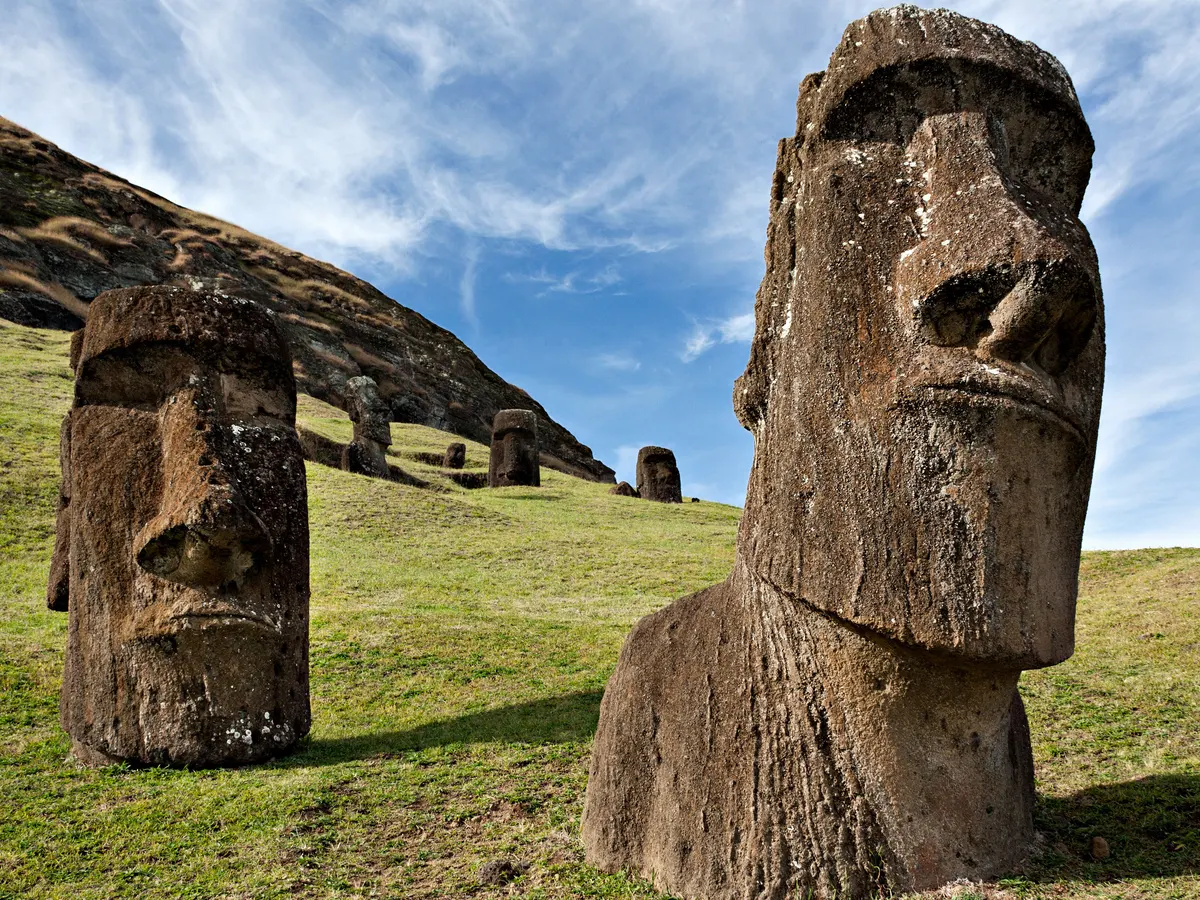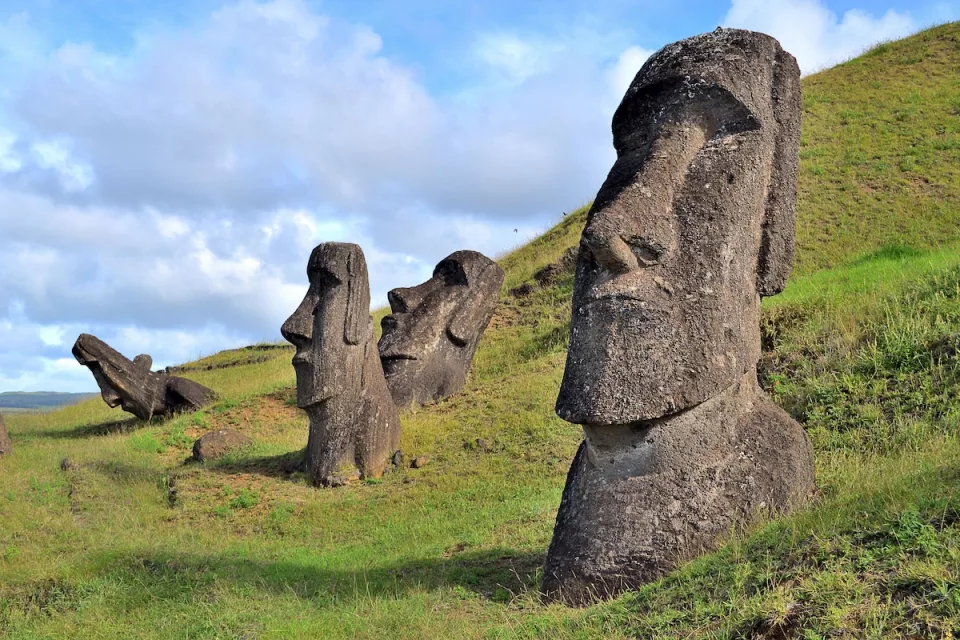Cracking The Code: How Easter Island’s Statues Saved The Day!
Easter Island, also known as Rapa Nui, is a small island in the Pacific Ocean, famous for its mysterious statues that have intrigued archaeologists and travelers for centuries. These massive stone figures, called moai, have been the subject of countless legends and theories about their purpose and origin. However, recent research has shed light on their true significance and how they helped the island’s inhabitants to survive a crisis that threatened their very existence. This article explores the fascinating story of how Easter Island’s statues saved the day.
The Mystery Unraveled: How Easter Island’s Statues Saved The Day!
The story of Easter Island’s statues begins around 1200 AD when the island was first inhabited by Polynesian settlers. Over the next few centuries, the Rapa Nui people built an impressive civilization with a rich culture and sophisticated technology. However, their society was also marked by competition, warfare, and resource depletion, which led to deforestation, soil erosion, and a decline in food production. By the 17th century, the island was facing a dire situation, with a population of about 10,000 people struggling to survive in a harsh and depleted environment.
This is when the moai came to the rescue. According to recent research, these statues were not just ornamental or religious objects, but also functional tools that helped the Rapa Nui people to manage their resources and organize their society. The moai were placed on platforms called ahu, which served as markers of sacred spaces and social hierarchy. They were also used to facilitate the distribution of resources, such as food, water, and tools, among the different clans and families on the island. In this way, the moai and ahu system helped to prevent conflicts and promote cooperation, which was crucial for the survival of the Rapa Nui people.

From Riddle to Revelation: Discovering the Secrets of Easter Island!
The story of Easter Island’s statues is not just about survival, but also about resilience and creativity. Despite the challenges they faced, the Rapa Nui people developed a unique and innovative culture that left a lasting legacy. The moai, with their enigmatic expressions and massive size, are a testament to their artistic skills and spiritual beliefs. The ahu, with their intricate design and engineering, are a testament to their organizational skills and social ingenuity. Together, they form a complex and fascinating puzzle that has puzzled and inspired generations of explorers and scholars.
Today, Easter Island is a UNESCO World Heritage Site and a popular tourist destination, attracting visitors from all over the world who are eager to witness the wonders of its past and present. The moai and ahu system are still being studied and interpreted by archaeologists and anthropologists, who are uncovering new insights and perspectives on this intriguing culture. As we continue to unravel the mysteries of Easter Island’s statues, we also learn valuable lessons about the importance of cooperation, innovation, and sustainability in the face of adversity.
Cracking The Code: How Easter Island’s Statues Saved The Day!
Easter Island’s statues may have been silent witnesses to a dramatic chapter in human history, but they also speak volumes about the human spirit and its capacity for creativity, resilience, and adaptation. Their story reminds us that even in the most challenging and uncertain times, we can find solutions and inspiration in the past and present. Whether we are facing environmental, social, or economic challenges, we can learn from the Rapa Nui people and their moai and ahu system, and work together to build a more sustainable and inclusive future for all.
Source: LadBible
